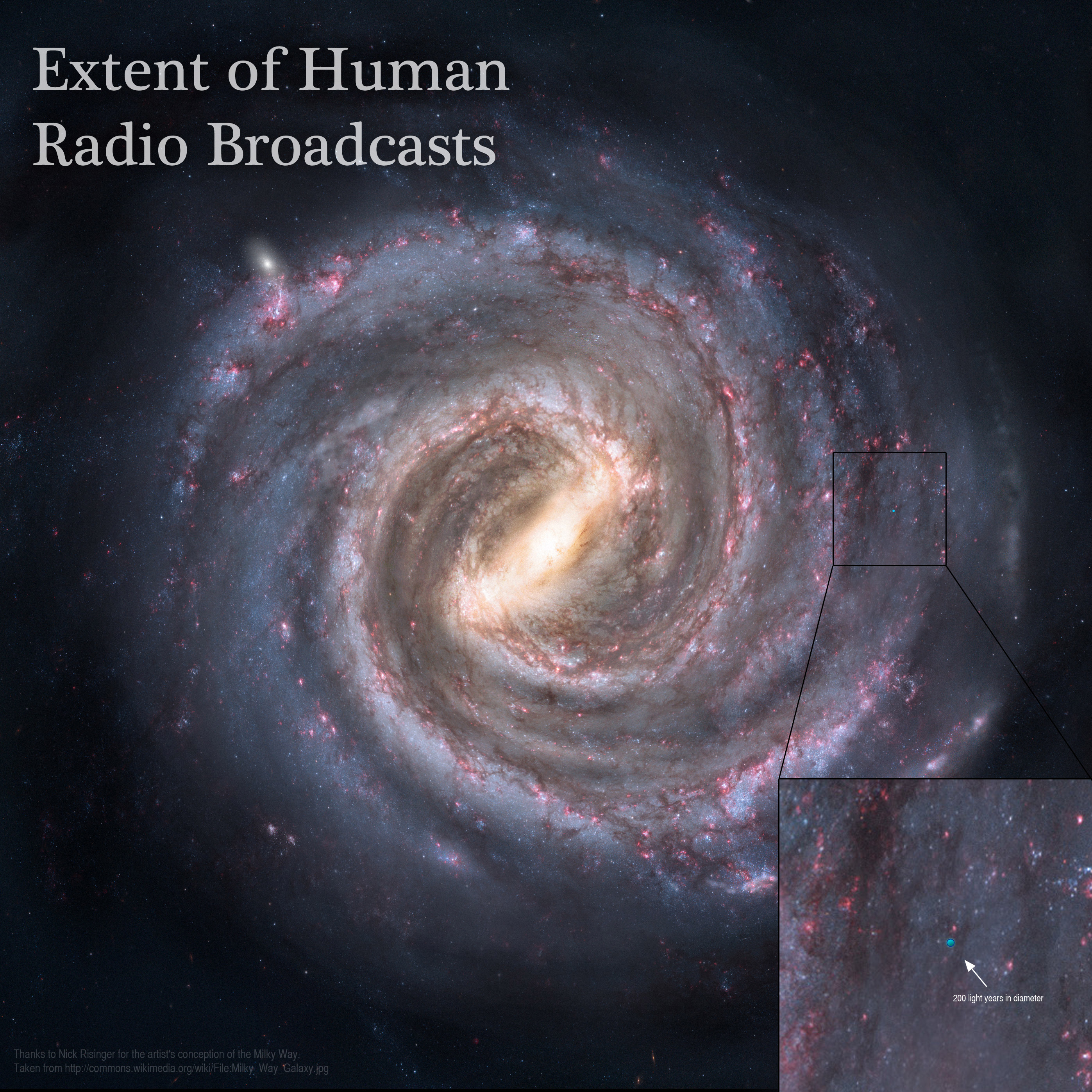So, what are variable stars? In simple words, a star whose brightness changes is called variable star.
This variation may be caused by a change in emitted light or by something partly blocking the light, so variable stars are classified as either:
Variable stars are generally analysed using photometry, spectro-photometry and spectroscopy. Measurements of their changes in brightness can be plotted to produce light curves. For regular variables, the period of variation and its amplitude
can be very well established; for many variable stars, though, these
quantities may vary slowly over time, or even from one period to the
next. Peak brightnesses in the light curve are known as maxima, while troughs are known as minima.
This variation may be caused by a change in emitted light or by something partly blocking the light, so variable stars are classified as either:
- Intrinsic variables, whose luminosity actually changes; for example, because the star periodically swells and shrinks.
- Extrinsic variables, whose apparent changes in brightness are due to changes in the amount of their light that can reach Earth; for example, because the star has an orbiting companion that sometimes eclipses it.
 |
| Cepheid variable stars in Trifid Nebula |
The light curves give information about the periodicity of the brightness and the shape(symmetrical, or not, angular or smoothly varying). The spectrum tells us about the star type, temperature and luminosity class(dwarf, giant, supergiant), & if it is single or binary star. We can also know if there's any change in spectrum, effect of magnetic fields, and the reason for abnormal absorption or emission, if any. Conclusions are drawn by combining the data collected from the light curves and the spectrum.
These variable stars can be classified into: 1. Intrinsic variable stars, 2. Extrinsic variable stars.
For examples, link: https://en.wikipedia.org/wiki/Variable_star#Classification
These variable stars can be classified into: 1. Intrinsic variable stars, 2. Extrinsic variable stars.
For examples, link: https://en.wikipedia.org/wiki/Variable_star#Classification
 |
| Eta Carinae, a variable star, in Carina Nebula |





.jpg)



